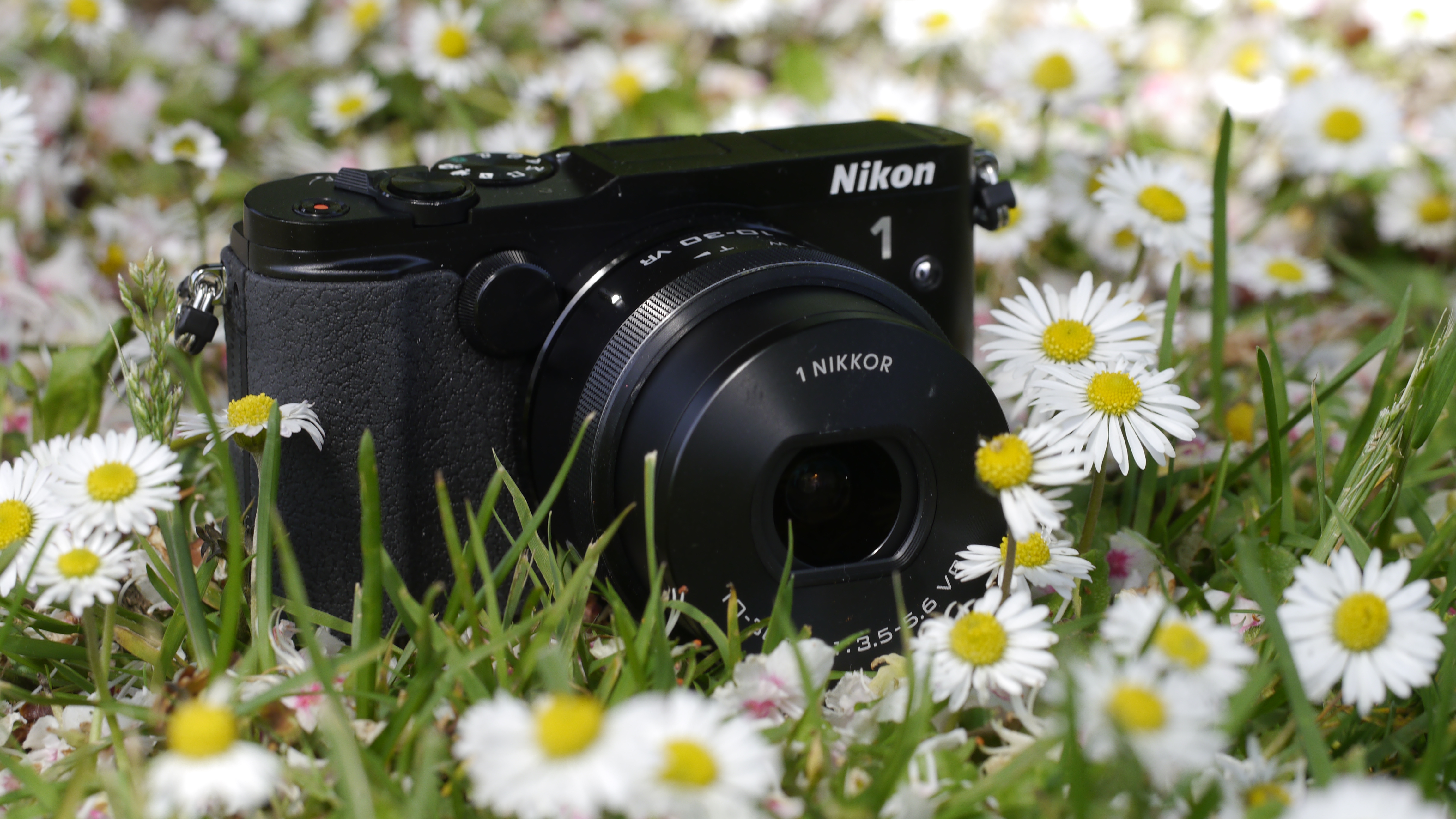Why you can trust TechRadar
In comparison with the V2, the V3 has a much flatter appearance as it doesn't have the angular, deep grip of the V2. Although this means you can't get quite as good as grip on the camera, especially when using it one-handed, there is still a raised, textured portion that makes it feel secure in the hand.
On top of the camera is a switch for turning the camera on and off, which requires just a light touch. This means that occasionally when the camera is in a bag, it can be easy to accidentally knock it on.
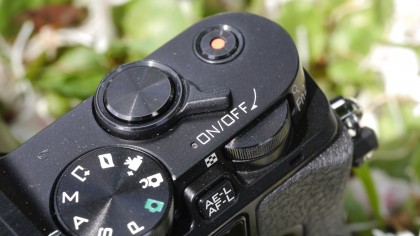
There's a mode dial on top of the camera for quickly switching between the various types of modes, such as manual, semi-automatic (aperture priority and shutter priority) as well as video, creative and the Nikon 1 unique modes, such as Best Moment Capture.
On the front of the camera, there's a small dial that controls different functions depending on the shooting mode you're in. In aperture priority, for instance, it controls aperture. Easily reachable by the thumb is another scrolling dial, which can be used for a number of different parameters, such as white balance or ISO, and can be customised via the menu system.
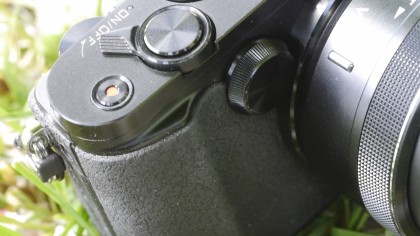
A range of different buttons can be found on the back of the camera. You'll need to use both hands to operate the camera since four of them are grouped on the left hand side. These include the menu and playback button, so if you are shooting one-handed you can still set the majority of shooting settings using your right hand.
On the right hand side is a scrolling dial that surrounds a standard four-way navigational pad, with each directional key having its own function to include AF mode for the up directional key, exposure compensation for the right key and timer/drive mode for the left directional key.
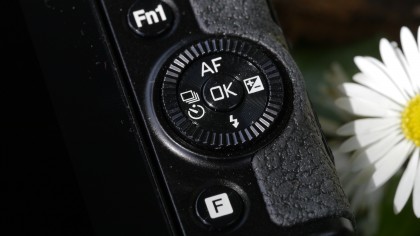
So long as you have AF-area mode set to single point, you have a couple of options when setting the autofocus point. If you prefer physical buttons, you can hit the OK button in the centre of the navigational pad and then use the directional keys to move to the point you want. Or, if you prefer the ease and speed of the touchscreen, you can simply tap the point on the screen you wish to use. You can also use the touchscreen to fire off the shutter release, which is useful when shooting from an awkward angle where using the physical button might be tricky.
Sign up for breaking news, reviews, opinion, top tech deals, and more.
Speaking of the touchscreen, it's nice and responsive to use, and can be used for changing other settings, such as ISO. It's also useful for scrolling through images in playback, or using pinch to zoom to check critical focus. The fact that it tilts also makes it useful for shooting from awkward angles, and the hinge that it sits on feels pretty sturdy.
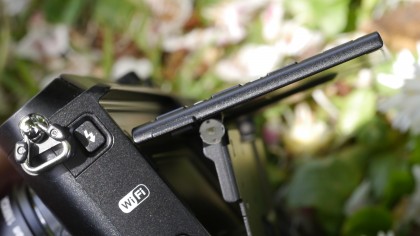
To access settings that you might commonly want to access, such as metering, picture style, and sensitivity, you can press a button labelled "F" and a number of different settings will pop up on the display. You can either touch the one you want to alter and use the rear scrolling dial to make changes, or use the directional keys to move to the setting you want to alter.
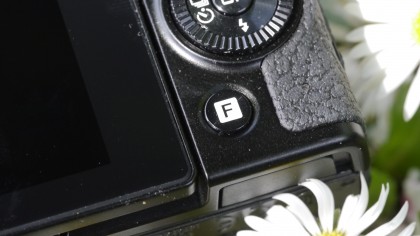
In order to access creative modes, you can either use the dedicated Creative mode, or you can use different Picture Styles in any of the semi-automatic or manual modes. Picture Styles include Vivid or Monochrome, and can be customised (such as by increasing the contrast), and also have the benefit of being able to be shot in raw format.
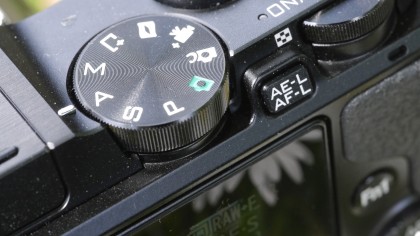
Alternatively, you can shoot different effects in the creative mode, but they can only be shot in JPEG format, so it's not quite as flexible an option, and as these filters are more dramatic, you'll be stuck with them should you change your mind about the filters down the line.

Amy has been writing about cameras, photography and associated tech since 2009. Amy was once part of the photography testing team for Future Publishing working across TechRadar, Digital Camera, PhotoPlus, N Photo and Photography Week. For her photography, she has won awards and has been exhibited. She often partakes in unusual projects - including one intense year where she used a different camera every single day. Amy is currently the Features Editor at Amateur Photographer magazine, and in her increasingly little spare time works across a number of high-profile publications including Wired, Stuff, Digital Camera World, Expert Reviews, and just a little off-tangent, PetsRadar.
